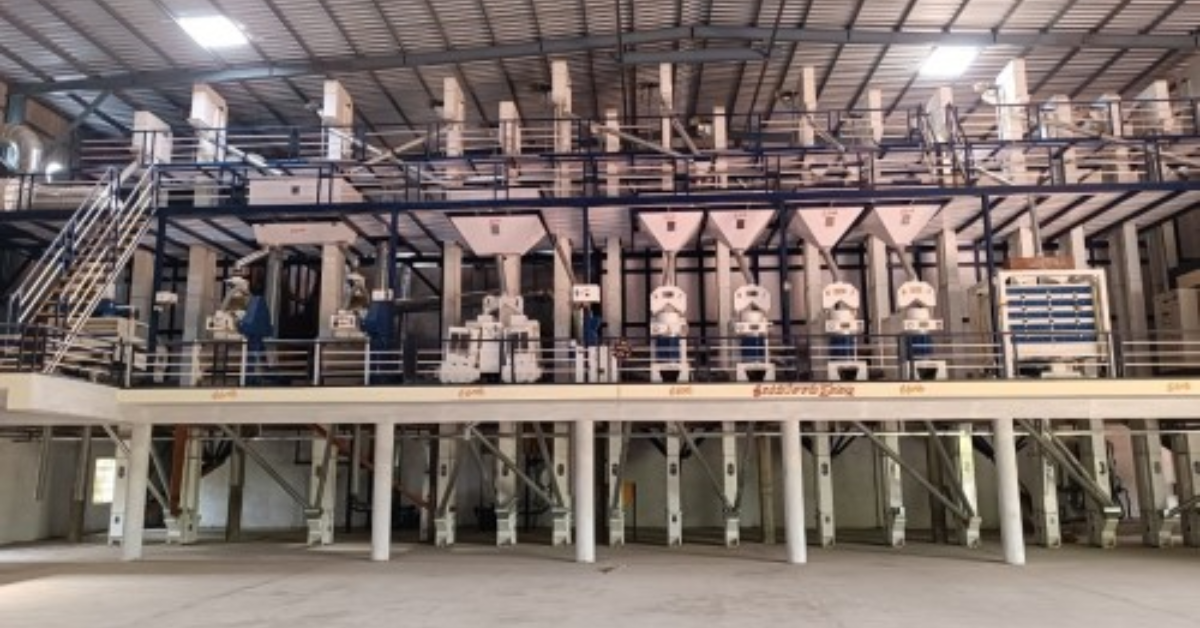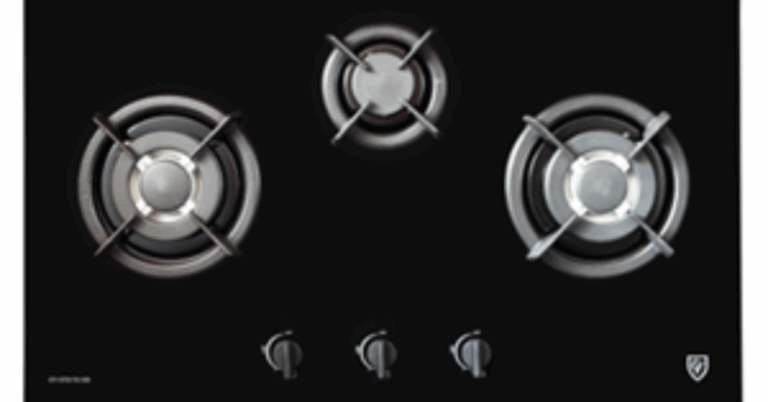Rice Processing Mill: The Heart of Modern Grain Production
Rice is more than just a staple food—it is a lifeline for billions of people worldwide. From the paddies of Asia to the supermarkets of Europe, rice travels through a complex journey before reaching your plate. At the heart of this journey lies the Rice Processing Mill a vital hub where raw paddy is transformed into clean, polished rice suitable for consumption and export.
In today’s competitive agriculture and food sectors, having a high-quality, efficient rice processing mill is crucial. For farmers, mill owners, exporters, and retailers, it ensures profitability, food safety, and global competitiveness. This article explores the workings, components, advantages, and significance of a modern rice processing mill, with insights drawn from industry leaders like Ricetec Machinery.
What is a Rice Processing Mill?
A rice processing mill is a facility equipped with machines that convert harvested paddy into edible rice. The process involves multiple stages including cleaning, dehusking, whitening, polishing, grading, and packaging. A modern rice mill is often a highly automated and integrated system capable of handling thousands of kilograms of rice per hour.
The primary goals of rice milling are:
-
Removing the outer husk and bran layers
-
Minimizing broken grains
-
Producing uniform, high-quality rice
-
Maximizing yield and minimizing waste
Key Stages of the Rice Milling Process
A rice processing mill consists of various mechanical and digital systems that work together to produce high-quality rice. The stages include:
1. Pre-Cleaning
The raw paddy arrives at the mill often mixed with dirt, stones, straw, and other foreign particles. A pre-cleaner separates these impurities to protect downstream machinery and ensure smooth processing.
2. Dehusking
The husker removes the outer husk layer from the paddy, producing brown rice. Modern huskers are gentle to prevent excessive grain breakage while ensuring efficient husk removal.
3. Paddy Separation
After dehusking, some grains may remain unhusked. Paddy separators sort these grains, ensuring that only brown rice moves on to the next stage.
4. Whitening
Whitening machines remove the bran layer from brown rice, turning it into white rice. The process must be carefully controlled to maintain grain integrity and avoid over-whitening.
5. Polishing
Polishers add a final sheen to the rice grain, enhancing its appearance and shelf life. Mist spray systems and gentle friction mechanisms help produce premium-grade polished rice.
6. Grading and Sorting
Grading machines classify rice based on size, while color sorters detect and remove discolored or defective grains using advanced optical sensors.
7. Packaging
Finally, rice is weighed, packed, and sealed using automated packing machines to ensure hygiene and consistent output.
Why Modern Rice Processing Mills Matter
Gone are the days when rice was milled using traditional, labor-intensive methods. Today’s rice industry demands precision, speed, and scalability—qualities only a modern rice processing mill can deliver. Here’s why they are indispensable:
1. Enhanced Productivity
Automated mills can process several tons of rice per hour with minimal human intervention. This increases output and reduces turnaround time.
2. Improved Quality
Advanced machinery ensures consistent size, shape, and polish, meeting the quality expectations of both domestic and international markets.
3. Waste Reduction
Efficient milling systems reduce broken grains and process losses, which translates to higher yield and profitability.
4. Food Safety Compliance
Modern mills adhere to hygiene and safety standards, with stainless steel construction and dust-control systems to prevent contamination.
5. Energy Efficiency
Energy-saving motors, inverters, and smart control panels reduce electricity consumption—critical for sustainable milling operations.
Ricetec Machinery: Transforming Rice Processing in India and Beyond
When discussing cutting-edge rice processing mills, Ricetec Machinery is a name that stands out. Known for their innovative designs and high-performance rice milling solutions, Ricetec caters to both small farmers and large-scale commercial mills.
What Sets Ricetec Apart:
-
Integrated Systems: Complete milling lines from cleaning to packaging
-
Custom Configuration: Adaptable to specific grain types like Basmati, Sona Masuri, and parboiled rice
-
Automation Ready: Touchscreen control panels and AI-driven color sorters
-
Durable Build: Stainless steel machines designed for Indian climatic conditions
-
After-Sales Support: Comprehensive installation, training, and maintenance services
Ricetec’s rice processing mills are helping millers across India and overseas achieve higher returns and meet global quality benchmarks.
Components of a Complete Rice Processing Mill
A modern rice processing mill typically includes the following machinery:
| Component | Function |
|---|---|
| Pre-Cleaner | Removes large impurities (dust, straw, stones) |
| De-Stoner | Separates stones from paddy |
| Paddy Husker | Removes husk from paddy |
| Paddy Separator | Separates brown rice from unhusked paddy |
| Rice Whitener | Removes bran layer |
| Mist Polisher | Enhances rice appearance and feel |
| Color Sorter | Detects and removes defective grains |
| Grader | Separates full grain and broken rice |
| Packing Machine | Automates weighing and packaging |
Advantages of a Modern Rice Processing Mill
Here are some distinct benefits of investing in a technologically advanced rice processing mill:
1. Higher Yield
More rice from the same quantity of paddy means better profitability.
2. Scalability
Modular setups allow expansion from small 1-ton plants to large 20+ ton per hour mills.
3. Labor Savings
Automation reduces manpower needs and eliminates manual errors.
4. Consistency
Ensures that every grain meets size, polish, and color specifications.
5. Traceability
Digital systems record data at every stage, aiding in quality control and audits.
6. Eco-Friendly
Bran and husk by-products can be reused or sold, reducing waste and supporting sustainability.
Customization for Local and Export Markets
India’s rice diversity requires mills to be flexible. Whether it’s the delicate handling of long-grain Basmati or the efficient processing of parboiled rice, the best rice processing mills can be configured to:
-
Handle different grain moisture levels
-
Apply precise whitening or polishing pressure
-
Sort based on regional customer preferences
-
Meet export packaging standards
Ricetec’s customizable plant designs cater to both domestic and international clients, making them a go-to brand for rice processors seeking growth.
The Role of Digital Technology in Rice Milling
With the Fourth Industrial Revolution reshaping industries, rice processing mills are becoming smarter and more connected:
-
AI-Based Sorting: Color sorters use artificial intelligence to detect minute grain defects
-
IoT Monitoring: Remote access and machine performance tracking
-
Cloud Data Storage: For production logs, maintenance history, and output records
-
Predictive Maintenance: Reduces downtime by flagging issues before they cause breakdowns
By integrating smart technologies, mills increase uptime, lower costs, and enhance output quality.
Challenges Faced by Rice Mill Owners
Even with the best equipment, rice mill owners face certain operational challenges:
| Challenge | Modern Solution |
|---|---|
| Inconsistent paddy quality | Adjustable milling settings and sensors |
| Power fluctuations | Energy-saving motors and voltage control |
| Labor issues | Fully automated machines |
| Market volatility | Versatile machines that support product diversification |
| Quality rejections | Color sorters and grading systems |
Mills that invest in reliable, feature-rich equipment find it easier to overcome these hurdles.
Final Thoughts
The rice processing mill is more than a facility—it’s the backbone of the entire rice value chain. It transforms raw agricultural produce into a polished, market-ready product that feeds billions and powers economies.
Modern rice mills, such as those offered by Ricetec Machinery, are engineered to deliver superior quality, unmatched efficiency, and lasting durability. From small-scale startups to large agro-industrial operations, every rice processor benefits from investing in robust, future-ready milling solutions.
As demand for high-quality rice continues to grow, upgrading to a modern rice processing mill is not just a smart business move—it’s an essential one.







